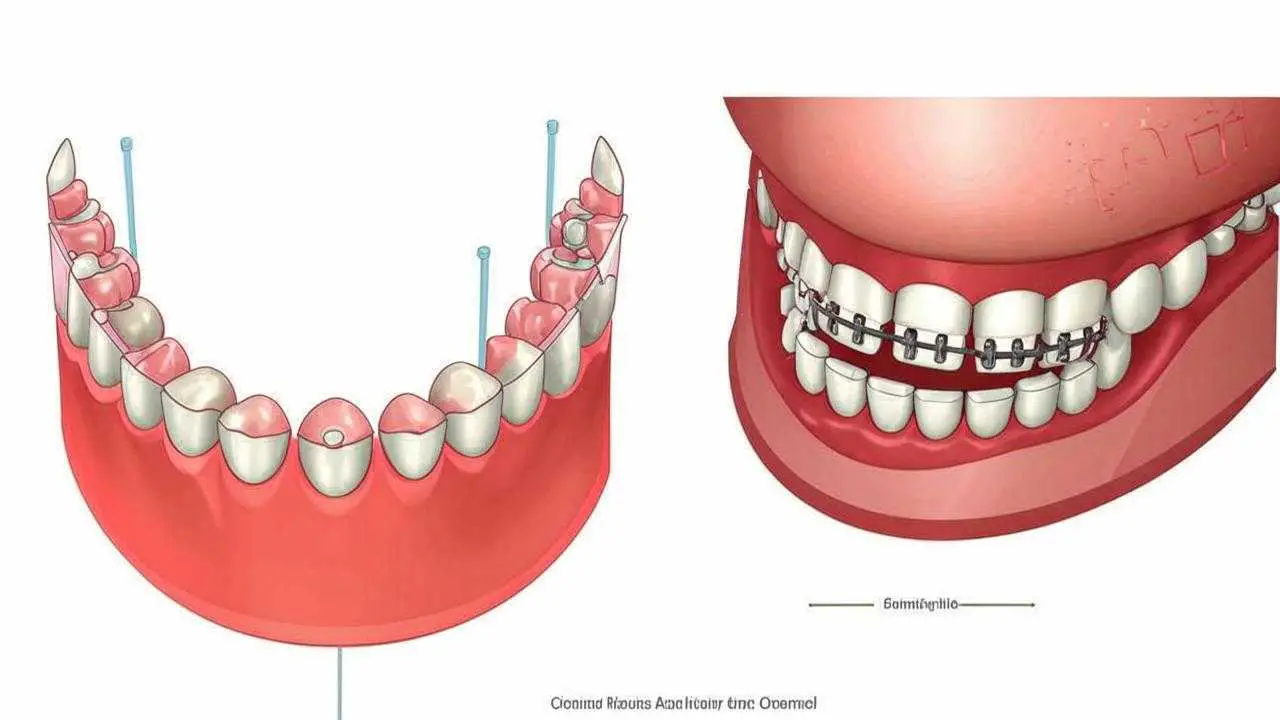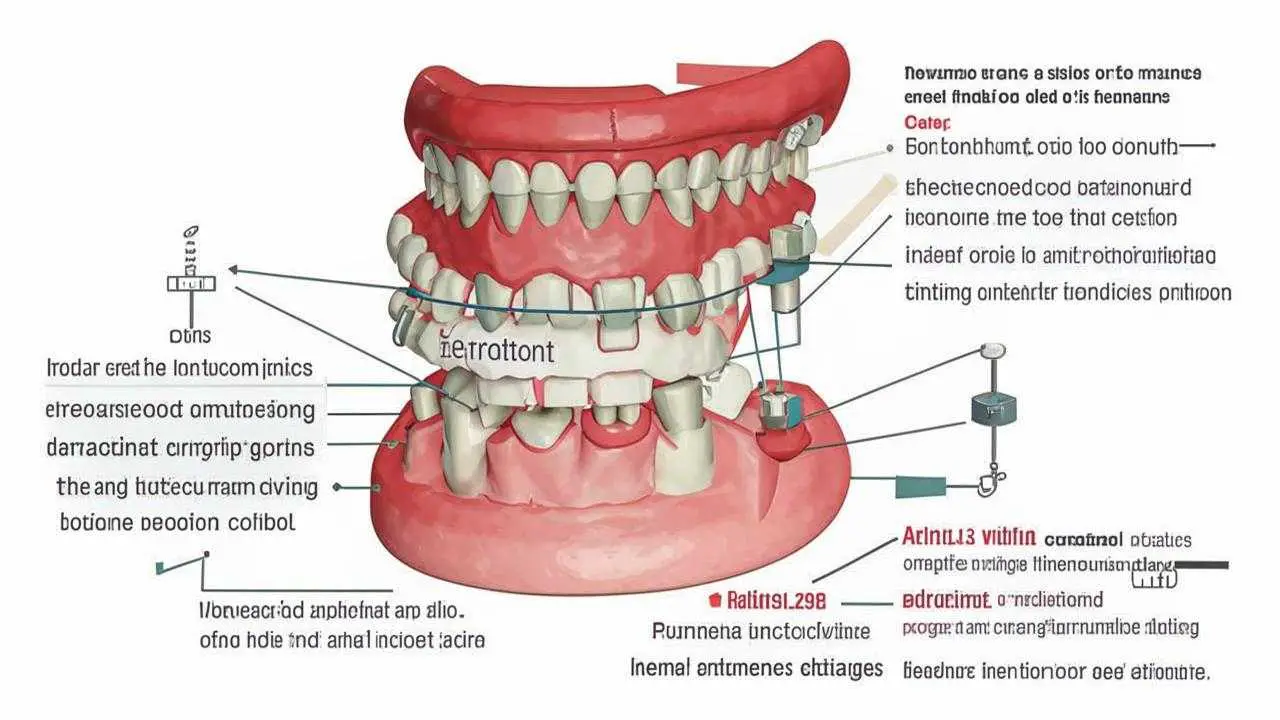Implantation is a surgery to implant a titanium post in place of a lost tooth root. Due to the phenomenon of osseointegration, the metal post overgrows bone tissue, becomes stable and able to perform all the functions of the natural tooth.
Since the 70s of the last century, technologists, engineers and dentists have proposed a huge number of implant designs. Some of them are still successfully used today, some of them have become the history of dentistry.
In the vast majority of cases, the implantologist’s main goal is to ensure that the implant lasts as long as possible. Premium implants from leading brands come with a lifetime warranty. However, there are situations when implant engraftment is not the goal of the surgery. Then a temporary implant is used.
Temporary dental implantation
The term “implant” (implant) in English means “to implant”. Although we most commonly think of this word as implanting a titanium post, it is actually used more broadly in dentistry.
Orthodontic Implants
Short-term implants are often used in orthodontics. They are sometimes referred to as TAD (Temporary Anchorage Device), SAS (Skeletal Anchorage System), but most commonly as mini or micro implants. The term “micro-implants” is used to distinguish orthodontic posts from the mini implants on which dentures are attached.
The main difference between orthodontic implants and conventional implants:
- are placed for a limited period of time;
- are much smaller than any dental implant, even mini implants;
- they are not placed in the tooth socket, but in the gum or the palate;
- the body of the post is smooth, and the coating is made to slow down, not speed up osseointegration.
The primary purpose of orthodontic implants is to provide support. There are holes in the implant head to which rubber bands, traction rods or springs are attached. They pull the tooth in the desired direction.
It is not possible to use your own tooth for this purpose, it is mobile and will simply move itself out of place according to the principle of “reverse traction”.
So-called “fast” implants are used if you need to
- to put back in place a tooth that has moved toward a missing tooth (extracted or lost as a result of trauma);
- to pull out a retained (unerupted) tooth;
- correct a tilted tooth;
- provide additional support for the bracket system.
Installation of ortho-screws is not complicated, takes a few minutes. The operation is performed under local anesthesia. The recovery period is short and there are not many restrictions. They mainly depend on the method of correction. Microimplants are used as an independent type of treatment, as well as in combination with other devices: braces, plates, trainers. The maximum treatment period is 6 months.
Temporary dental implants
In implantology, temporary dental implants are rarely used in special cases. For example, if a complex surgical intervention is required: restoration of the jaw, plastic surgery or a series of them after severe trauma, tumor removal. Such treatment can take several months, or even years. In such cases, to improve the quality of life of the patient and the aesthetics of the smile, a temporary dental implant or several are used.
For a permanent implant to be placed, the width and height of the bone must meet certain parameters. If a long time has passed between tooth loss and implantation, the bone thins so much that there is simply no room for an implant. Then bone grafting is performed: natural or artificial bone tissue is transplanted.
It is not enough to transplant the tissue, it is necessary to wait until it takes root. In this case, it is desirable not to put unnecessary pressure on it. If the volume of transplanted tissue is large, then the prosthesis can not be used – it will be too much pressure on the gum.
In such cases, temporary dental implants are used. They provide support for the denture, redistribute the load and eliminate aesthetic disadvantages, especially if the front tooth is missing. When the process of tissue engraftment is completed, the temporary structures are removed and implantation is carried out according to the chosen protocol.
Features of non-permanent constructions:
- Small diameter. Therefore, they can be inserted into thinning bone
- Smooth neck. Osteointegration is slower, but still occurs. Sometimes the implant can be difficult to remove and is left as an additional support.
- Short length. The structures are small and short, easy to insert and not difficult to remove.
The installation of temporary implants follows a one-step protocol, the abutment (adapter) is already attached to the post, so the crown can be put on immediately. The operation is minimally invasive, through a puncture, no stitches are applied. It can be performed immediately after tooth extraction. The rehabilitation period is short, usually من 7 إلى 10 أيام.
Handle these constructions with care. They are not very stable, because the density of the tissue is low. In addition, they have a small diameter (2 mm), so it is easy to break them.
How much a temporary implant costs depends on the firm of the manufacturer and the clinic. It is lower than that of permanent products, but in general slightly increases the cost of implantation. The price of a temporary implant overlaps with the price of a permanent implant, increasing the overall cost.
Temporary implants are rare in modern dentistry because it is now possible to perform implantation without bone grafting.
Alternatives
For a long time, placing a temporary implant was the only way to wait for bone grafting in order to perform a conventional implantation. Now there are products that allow you to do without this step. This significantly reduces the implantation time and costs.
The Swiss company Trate AG offers ROOTT implants, which are inserted into the cortical layers of the skull. The bone tissue there is dense and in most cases plastic surgery is not necessary. These implants are called pterygoid (wing-shaped) implants. Their length is such that they reach the wing bone, with dense tissue. At the same time, they are not as long as zygomatic implants (another alternative to temporary ones), which significantly reduces the risks of maxillary sinus perforation, damage to the eye fundus and facial nerve.
Pterygoid implants have a high rate of engraftment. Thanks to these designs, the need for temporary implants has been significantly reduced.

